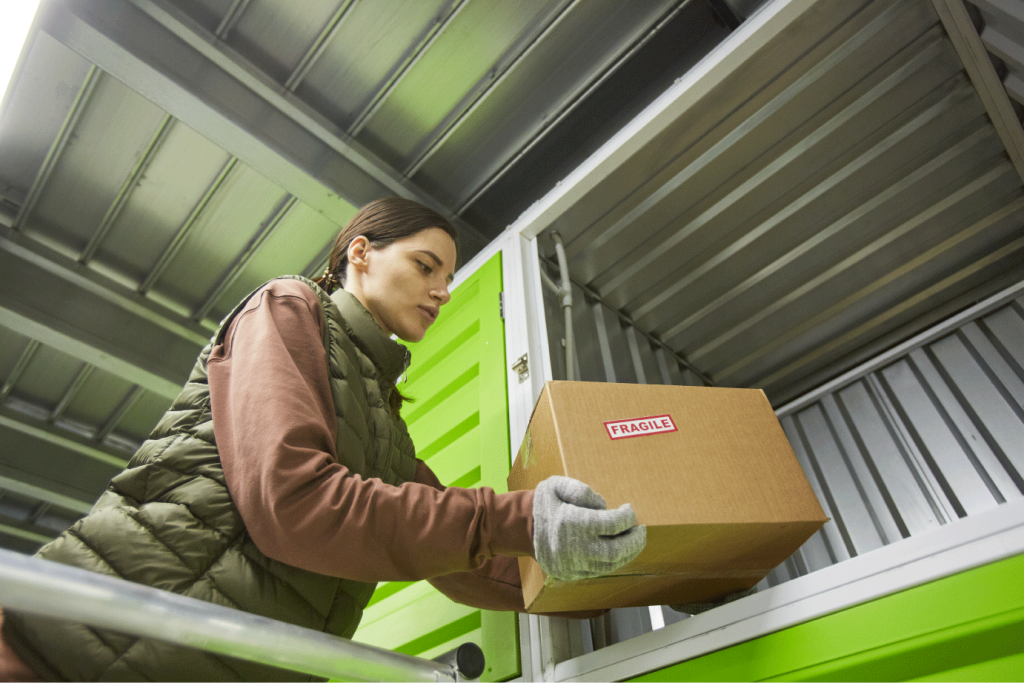***Originally published in World Pharmaceutical Frontiers 2025 Vol 2***
In the high-stakes world of Life Sciences logistics, the integrity of temperature-sensitive shipments is non-negotiable. Biologics, vaccines, and specialty pharmaceuticals must arrive on time and in compliance with strict regulations. Yet pressure to reduce environmental impact and manage costs is growing.
This is driving a shift in how packaging decisions are made. Industry players like Altor are taking a more “material-neutral” approach, offering a spectrum of traditional technologies like EPS, and innovative technologies that give trusted performance but with an added sustainable advantage, like BioEPS or the recently launched EmeraldPak, that let Life Sciences companies meet performance requirements while advancing their sustainability goals.
The decision-making process on materials is rarely straightforward. Traditional materials have a longer track record of success but may not meet the environmental goals of your company. On the other hand, opting for a newer material brings a level of risk that needs to be mitigated through extra qualification or increased education to end-users. Additionally, these decisions often involve smaller but meaningful trade-offs — higher upfront cost, changes to disposal methods, or adjustments to payload configuration. But just because something is difficult, doesn’t mean it isn’t worth it in the long run, which leads us to “the cold chain dilemma”.
This “cold-chain dilemma” is the balancing act Life Sciences companies face: meeting performance targets and safeguarding product integrity while advancing environmental goals and ensuring operational teams can execute. Sometimes this dilemma affects a single packaging configuration; other times it requires reassessing the entire packaging portfolio.
Senior leaders in this industry are increasingly turning to trusted packaging manufacturers who can provide a diversified, consultative packaging approach to account for different products, shipping lanes, temperature requirements, and internal processes. Sometimes, an off-the-rack solution will fit, but other times, a more customized approach is necessary.
Additionally, there’s the consideration of the impact any change will have on an organization, especially when testing and qualification are part of any new solution. This is where variants on existing technologies, like the predominantly recycled content EmeraldPak, can be helpful; providing the tried and tested performance of EPS, but with sustainable attributes already built in.
Once you’ve selected a material (or set of materials), validation and qualification often become the next hurdles. Thermal modeling can streamline the design process and reduce the number of physical tests required, but real-solution qualification in an ISTA Certified lab is critical. Certified facilities provide repeatable, standards-based data that supports regulatory compliance and builds confidence across quality, operations, and supply chain teams.
This step becomes even more important when introducing newer, sustainable materials that may not yet have decades of field data behind them. Proper qualification ensures that sustainability initiatives do not compromise patient safety or product efficacy while at the same time helping organizations to be more dynamic in navigating through a change towards sustainability.
For senior leaders, the takeaway is clear: the future of cold-chain packaging is about having options and deploying them intelligently. Manufacturers like Altor are building portfolios that combine sustainable, traditional, and hybrid solutions, supported by certified lab validation. For Life Sciences companies navigating complex supply chains, this flexibility can be the difference between staying ahead of regulatory, environmental, and market pressures, or falling behind.

Photo Credit: seventyfourimages/Envato

